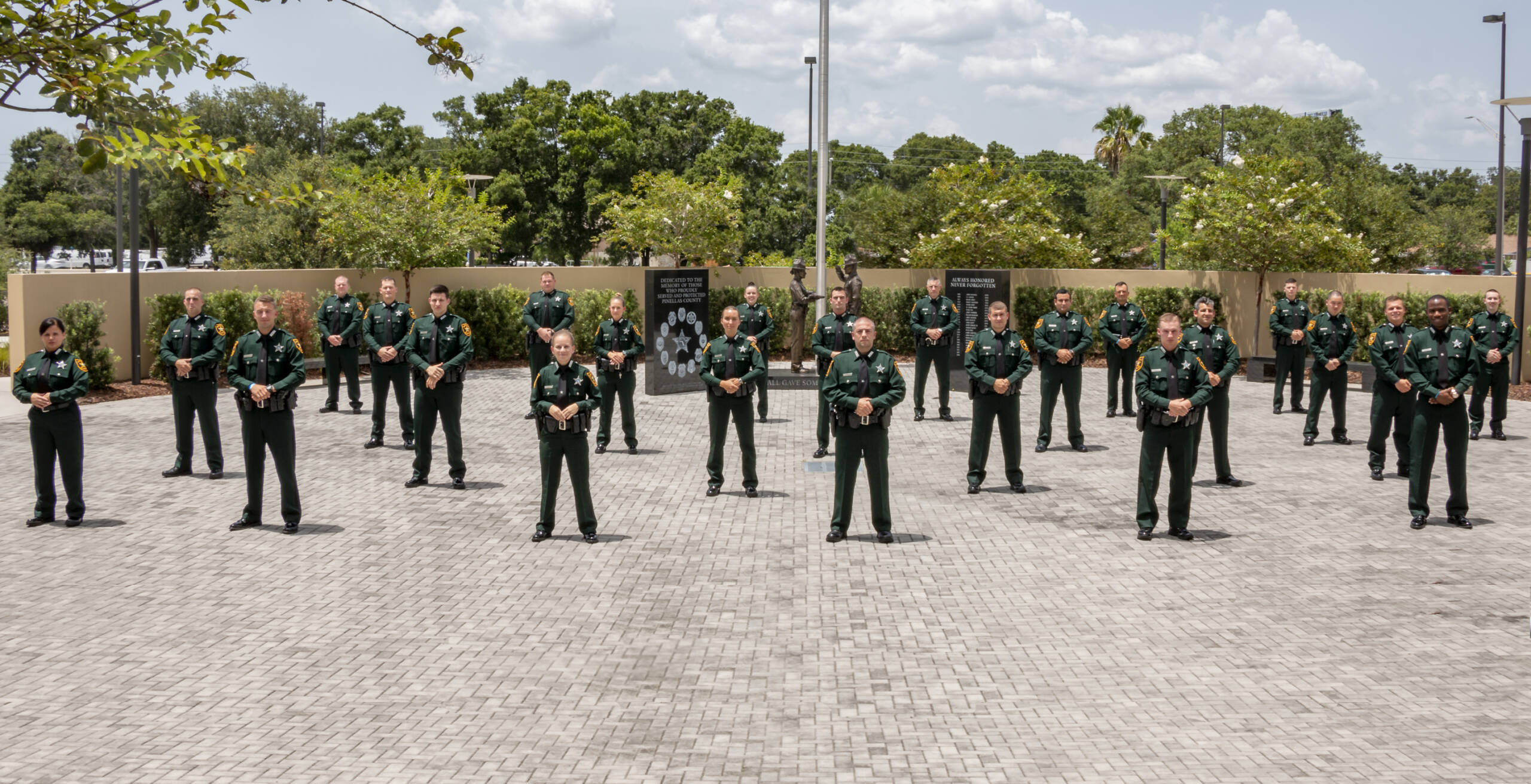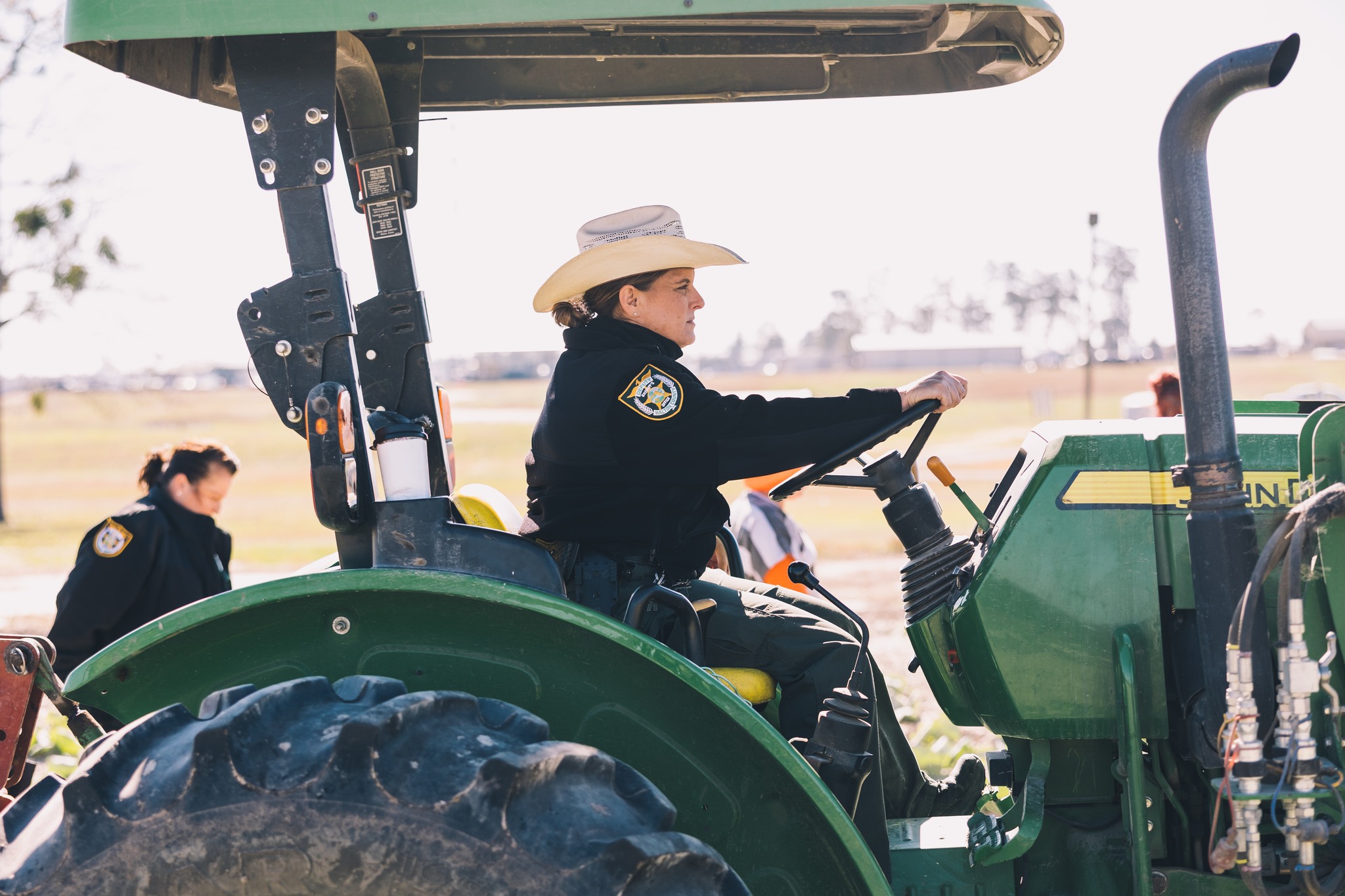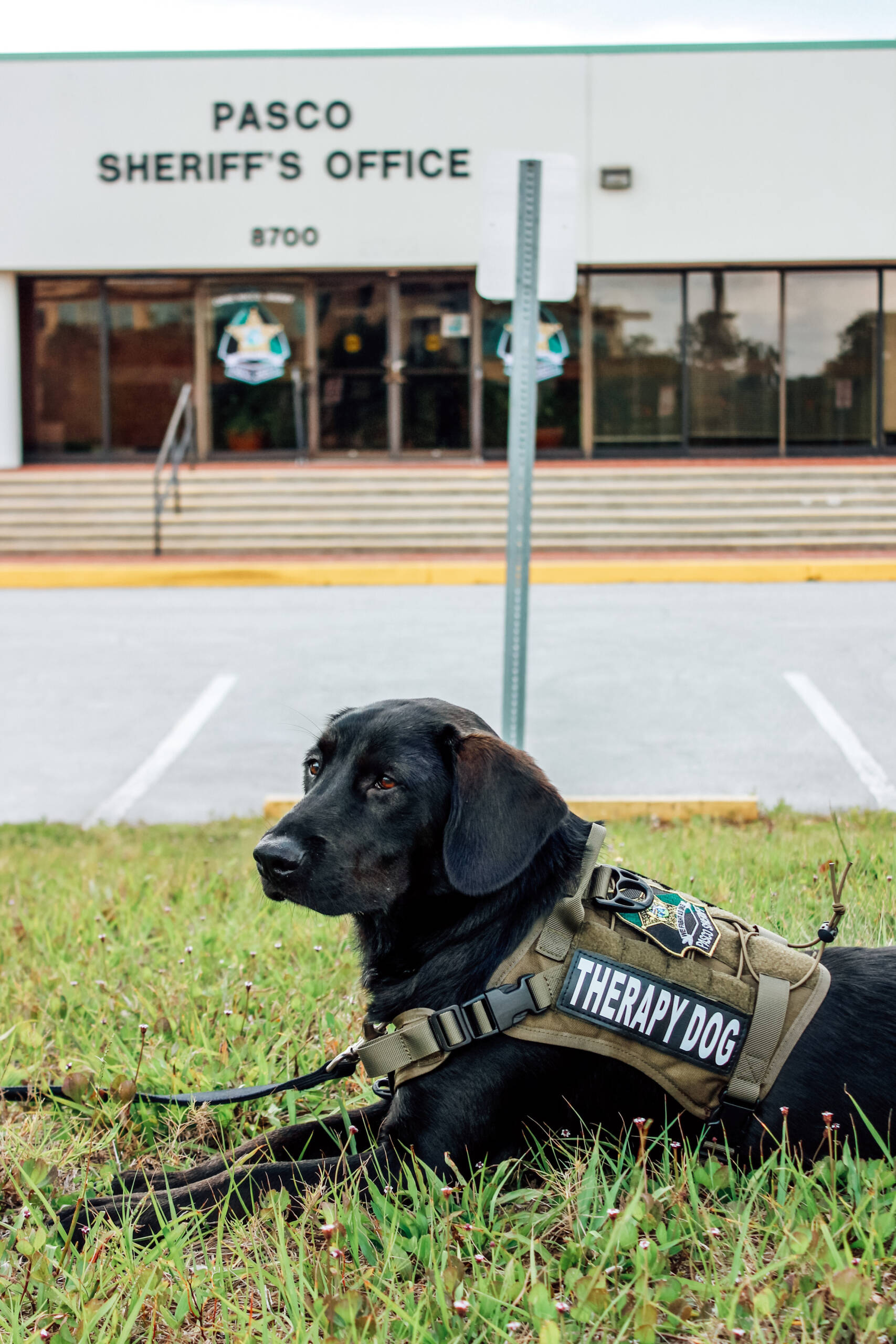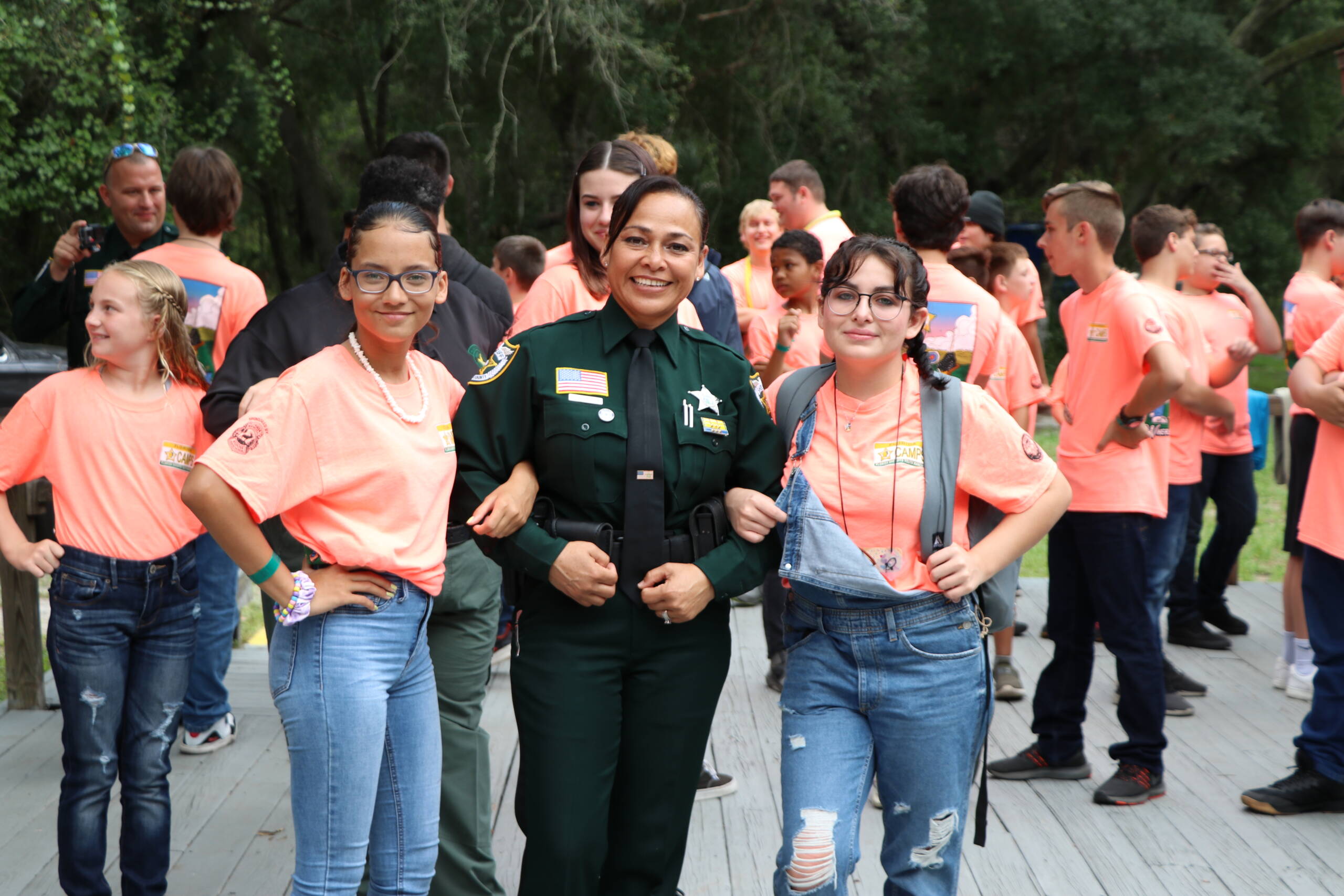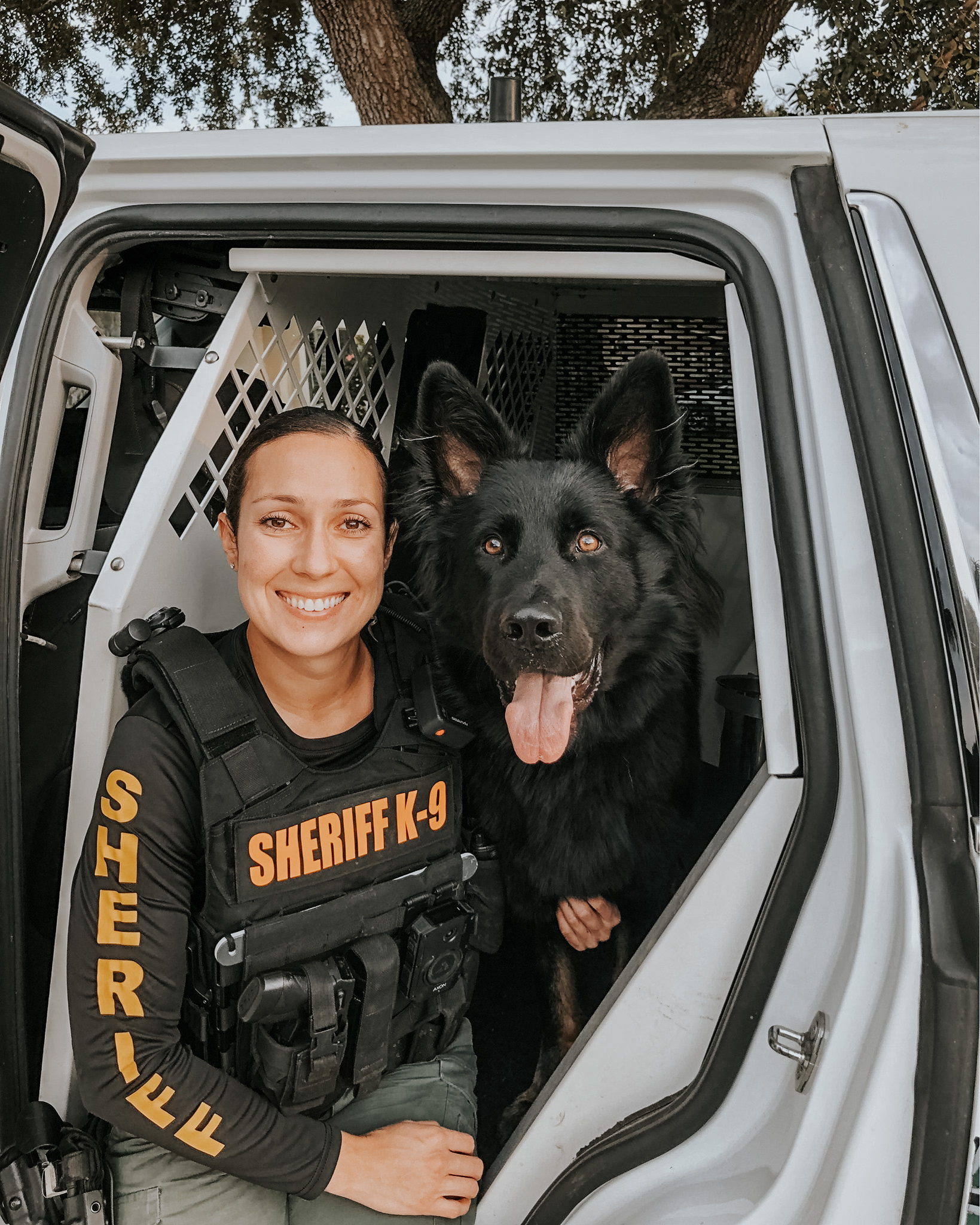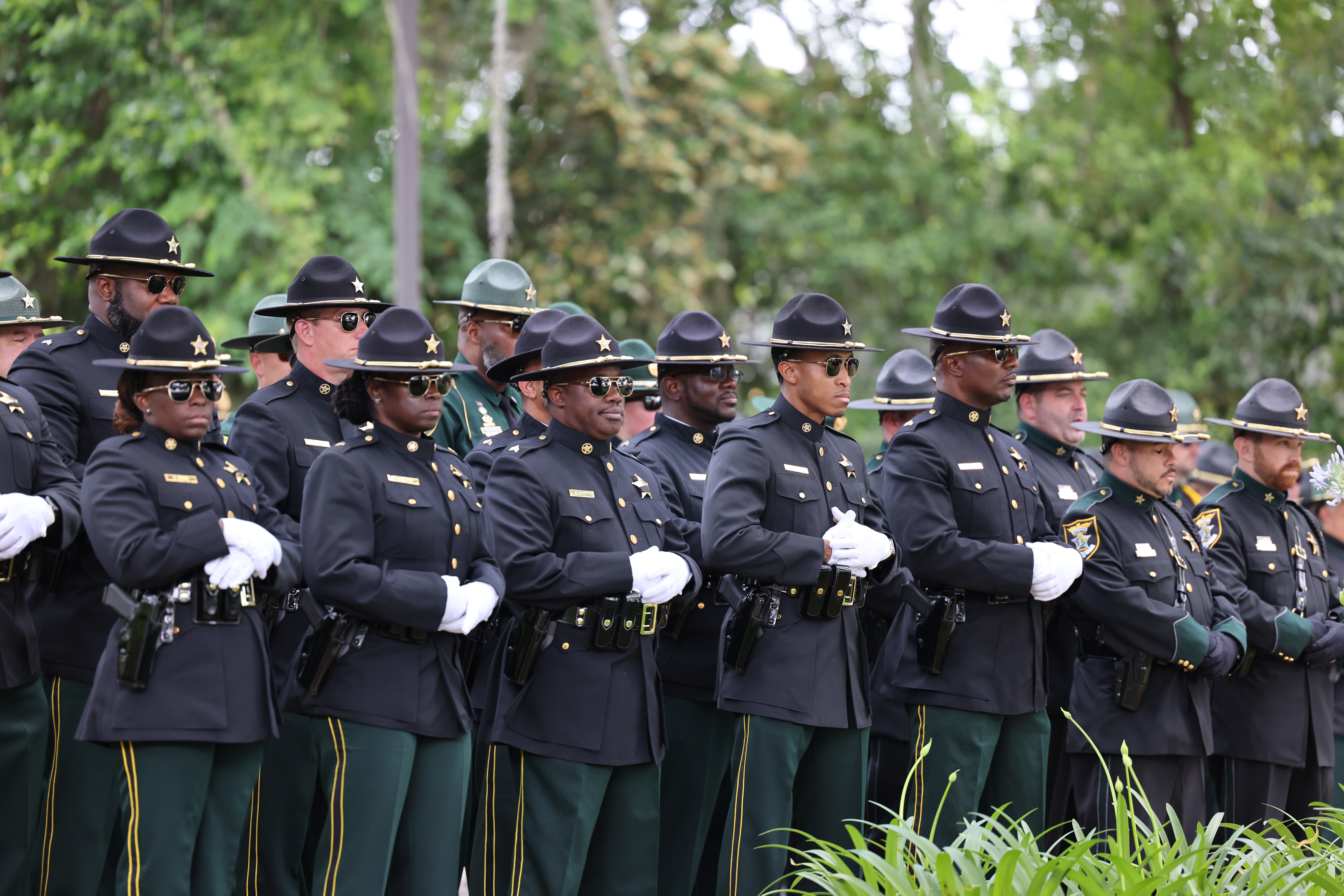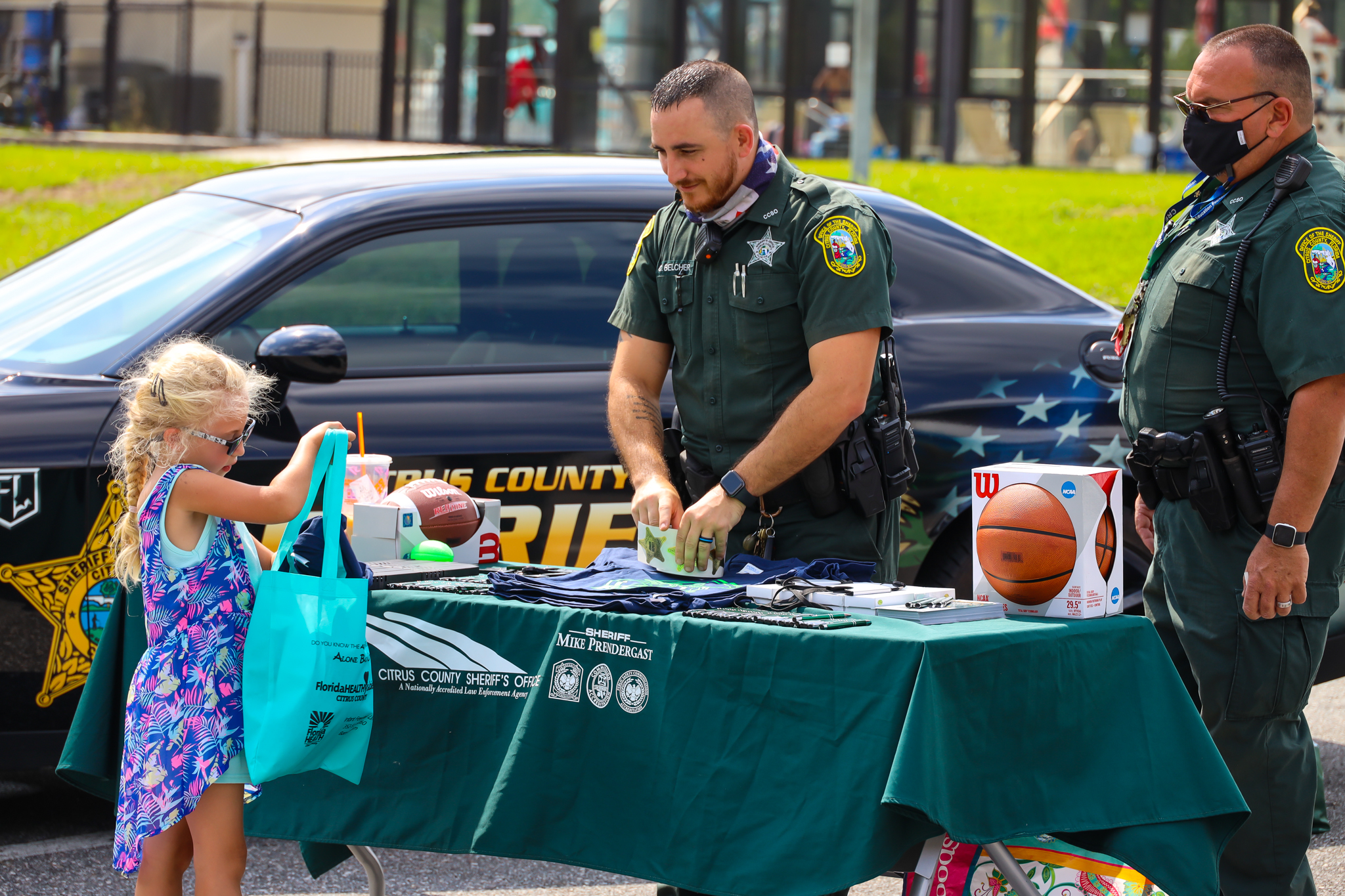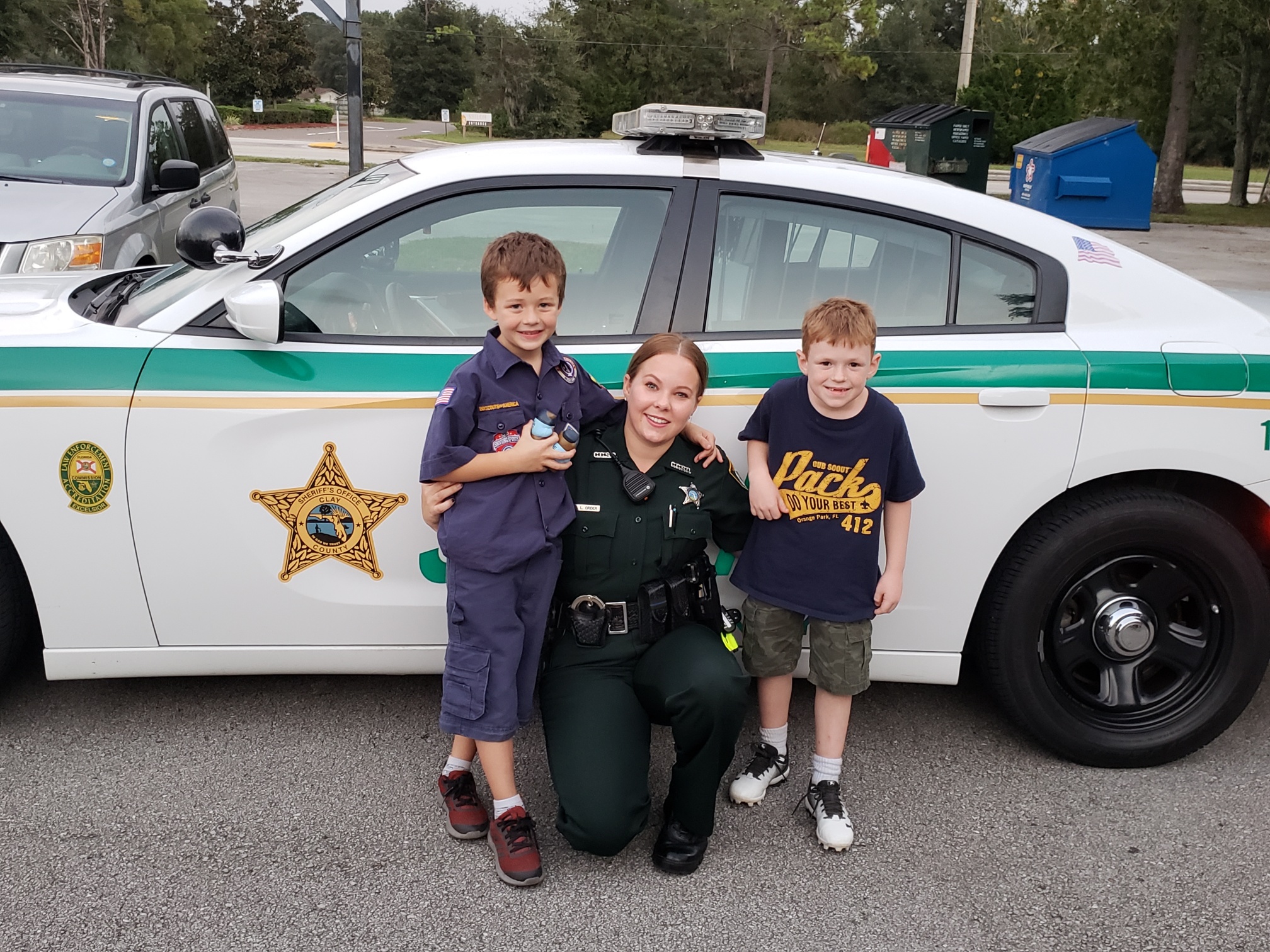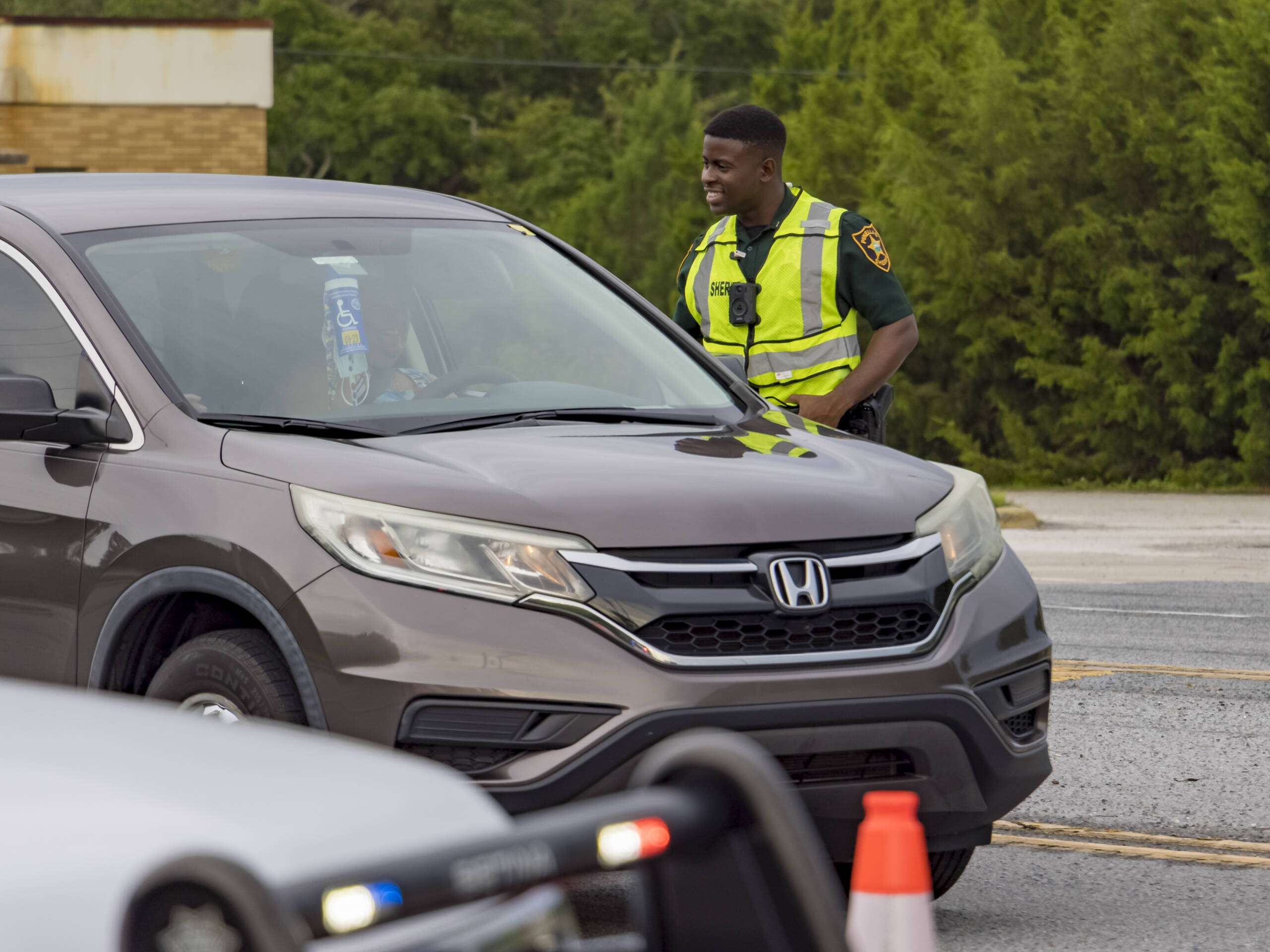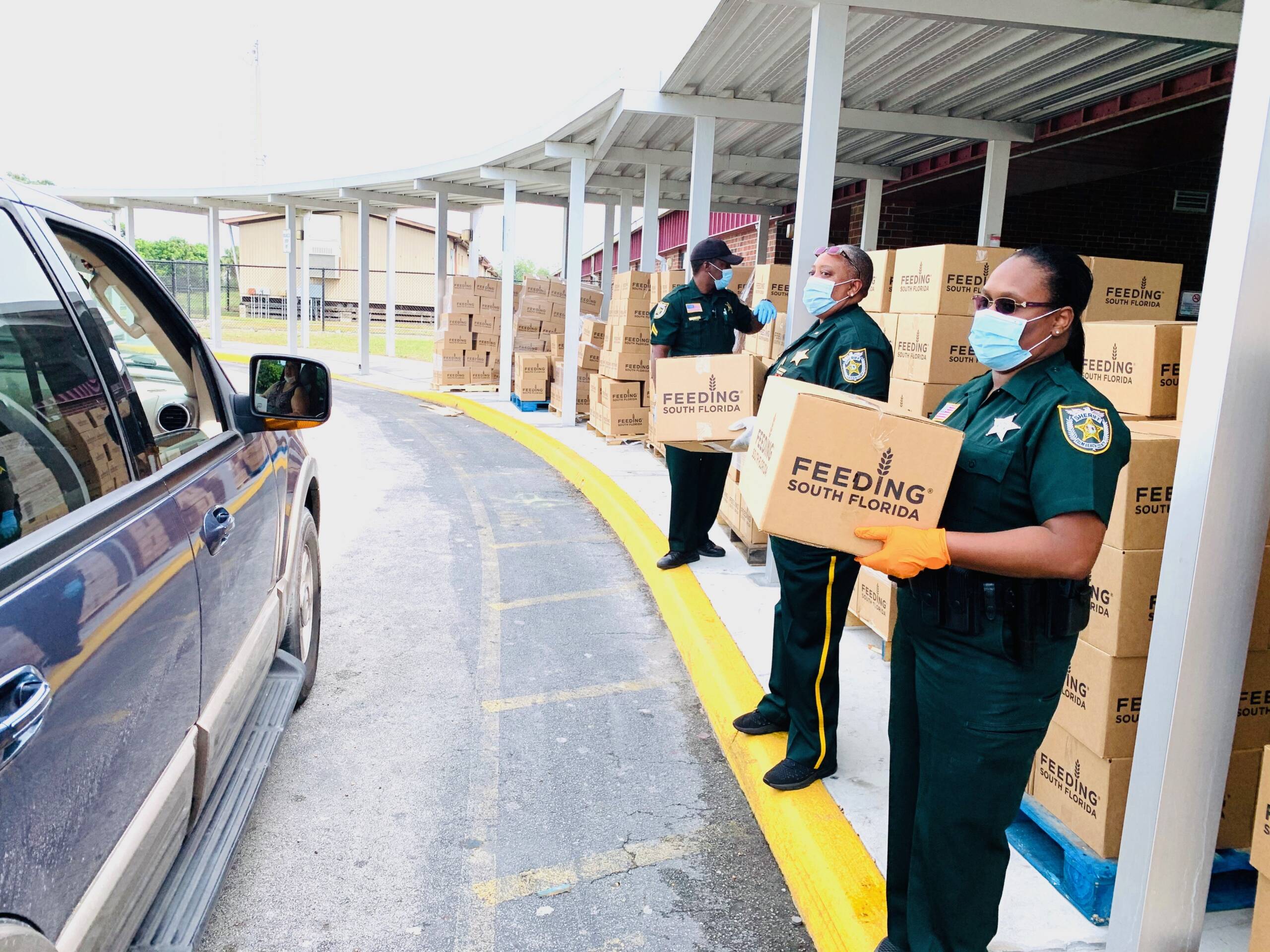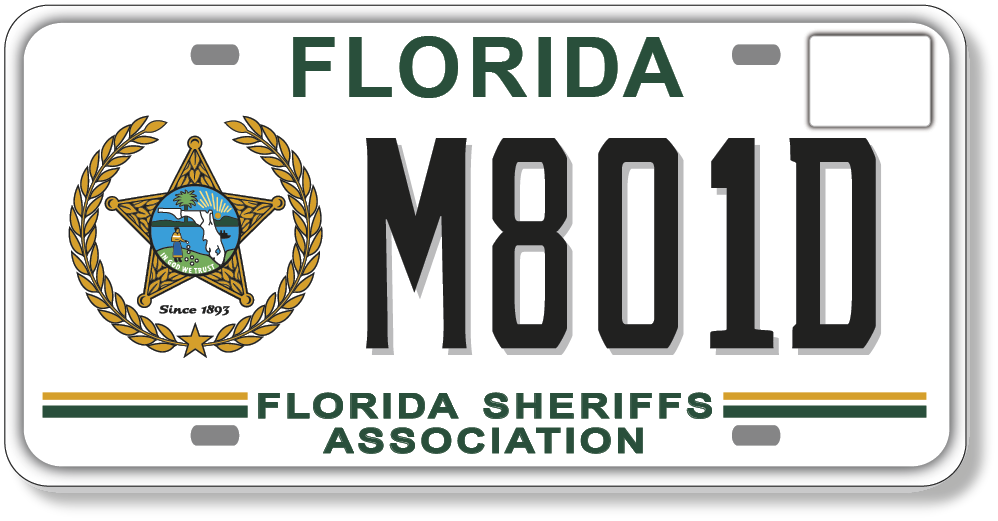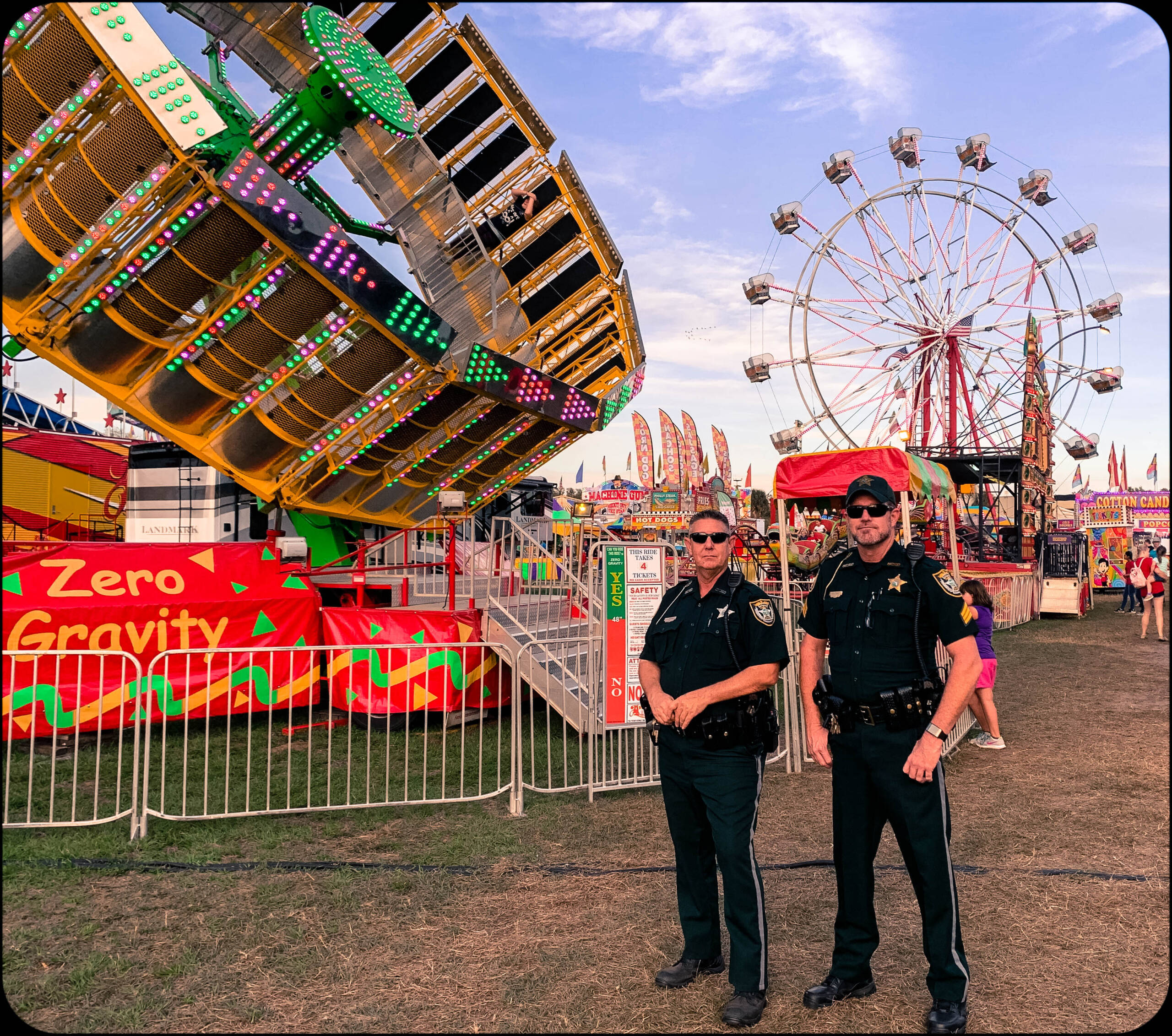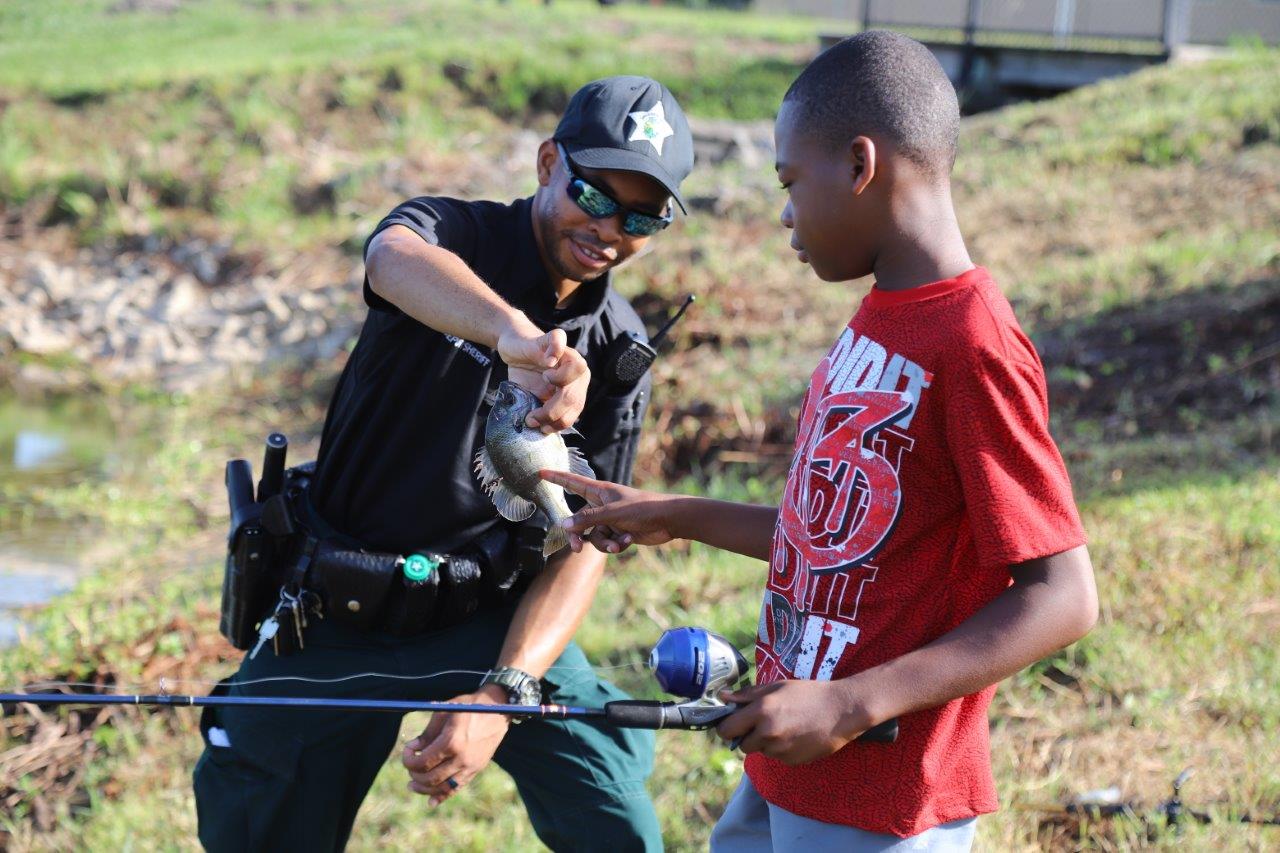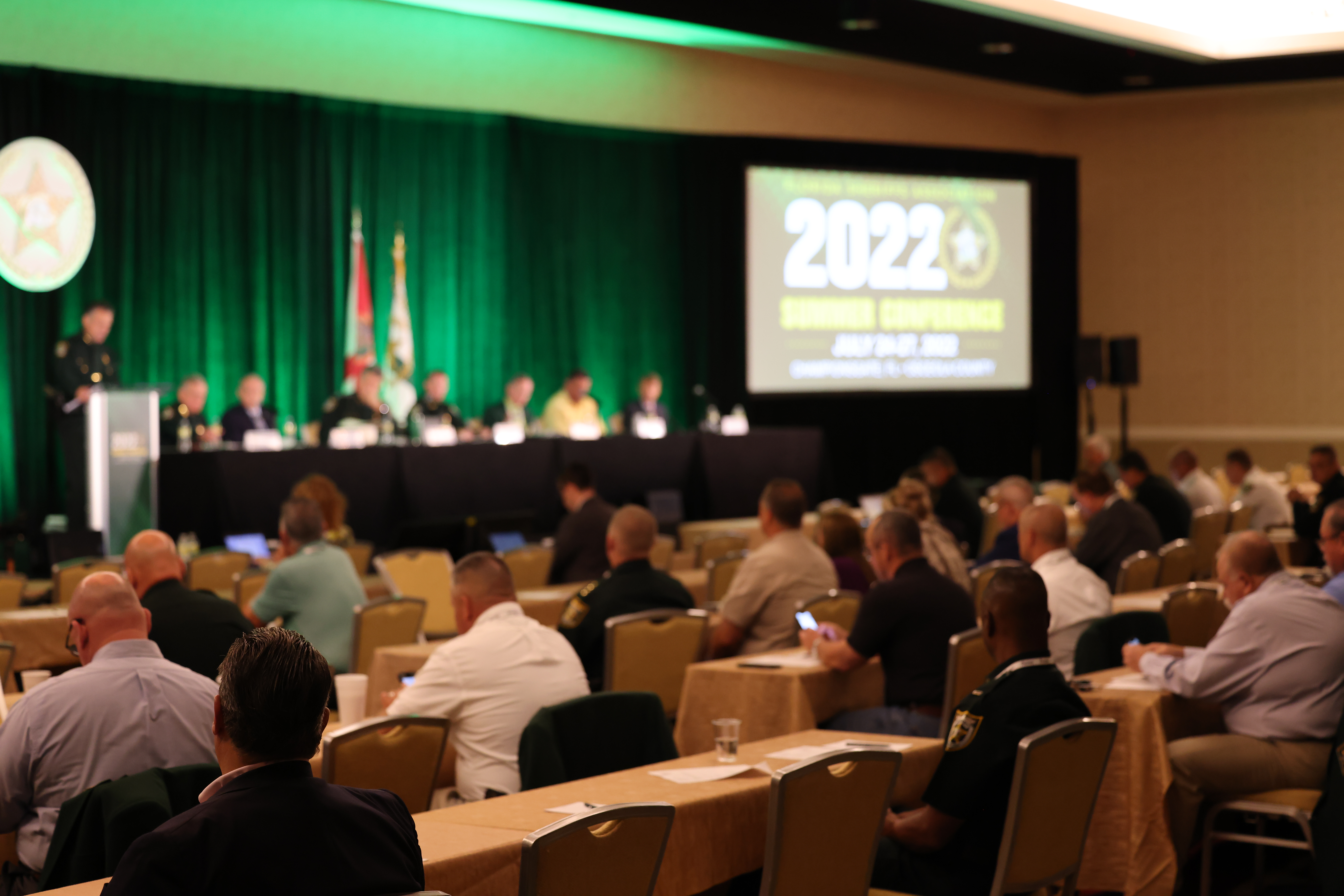Public Safety Tip: How to Create an Evacuation Plan

In the event of an emergency, do you have a plan?
Creating an emergency evacuation plan ensures you and your loved ones are prepared in the event of a natural or manmade disaster. You need to know where to go, what supplies to bring and how you will stay in contact.
Creating an evacuation plan now is the best way to keep yourself and loved ones safe when a disaster does strike. Here’s how.
Planning Ahead
First, it’s important to identify the types of disaster that are likely to affect your area. In Florida, this is most often hurricanes, tornados or floods.
Based on your family size and needs, create a portable emergency kit. Include essentials such as non-perishable food, water, medications, first aid supplies, important documents, clothing, flashlight, batteries and personal hygiene items. The Florida Division of Emergency Management created this helpful Disaster Supply Kit Checklist to help ensure you have everything you need.
In addition to gathering emergency supplies, it’s wise to create a list of emergency contacts so that it’s ready to grab-and-go when you need it. And in case your phone dies, you will still have access to important numbers.
Creating Your Evacuation Plan
Next, it’s time to create an evacuation plan and discuss it with your loved ones. Ideally, this plan will:
- Designate meeting points both within your neighborhood and outside of it. This is crucial if family members get separated during an evacuation.
- Determine where you will evacuate.
- Note the location of local emergency shelters and their specific requirements (most are not pet-friendly, for example).
- Have a plan for your pet(s) during evacuation.
- Account for the needs of family members with special requirements, such as medical conditions, mobility issues or dietary restrictions.
When deciding where to evacuate, the Florida Division of Emergency Management says your first choice should be to stay with a friend or family member in a safe location. Your second-best choice is to find an available motel or hotel, and staying at an emergency shelter should be a last resort. Keep in mind that most will not accommodate your pets.
Putting Your Plan into Action
When an emergency occurs, stay calm and follow your evacuation plan.
Try to regularly monitor weather updates through local news, the radio or weather apps. Stay informed about evacuation orders and the status of local shelters. It’s especially important to be aware of evacuation levels (e.g., voluntary, mandatory) and follow instructions from local authorities. In the meantime, ensure your vehicle is in good condition, and keep it fueled.
Once the evacuation order is issued – do not hesitate. Waiting could result in getting stuck in more severe traffic. Before you leave, secure your home by bringing in outdoor furniture, closing windows, and locking doors. Be sure to bring (or secure in a weather-proof box) any important documents.
Keeping You Safe
Don’t wait for disaster to strike – making a plan now can help keep you safe and calm in the event of a natural disaster or other emergency. Once you create your plan, don’t just lock it away in a drawer and forget about it. Instead, it’s a good practice to review and practice your plan to ensure everyone in your household is prepared for potential emergencies.
Your local sheriff will work directly with local, state and federal public safety officials in times of a disaster. We recommend that you add the sheriff’s office contact information to your emergency plan.
The Florida Sheriffs Association is committed to helping you stay informed and stay safe. You can read more crime and public safety tips here.



